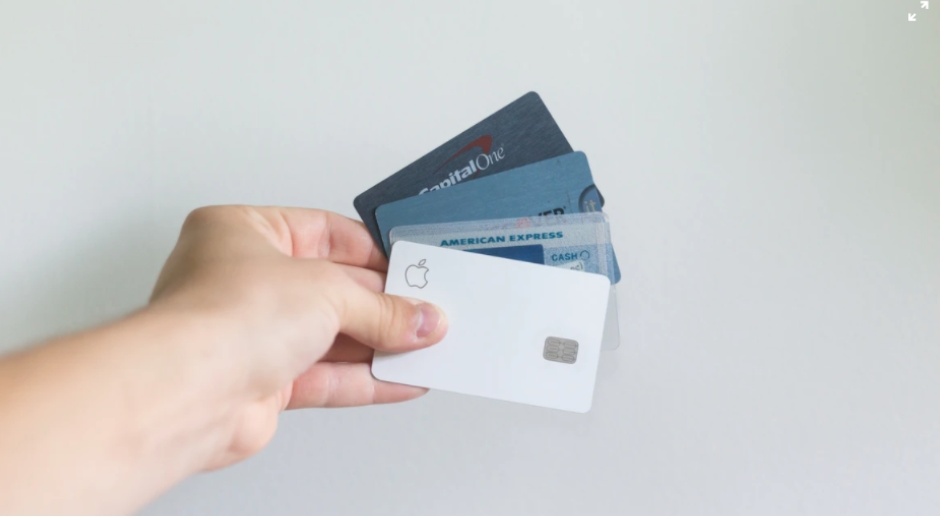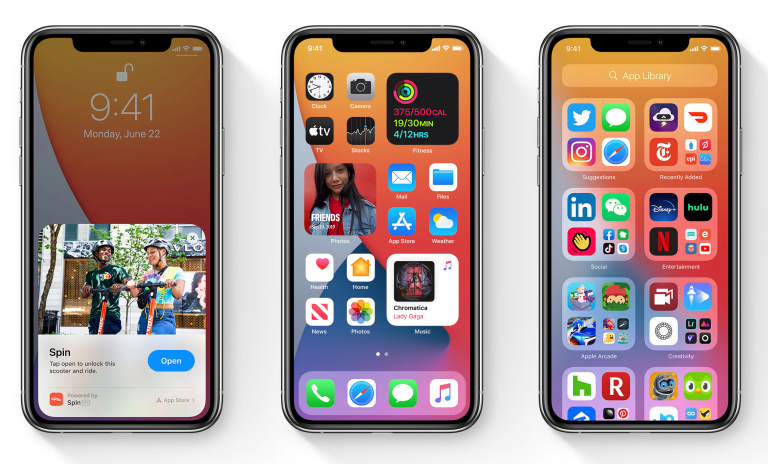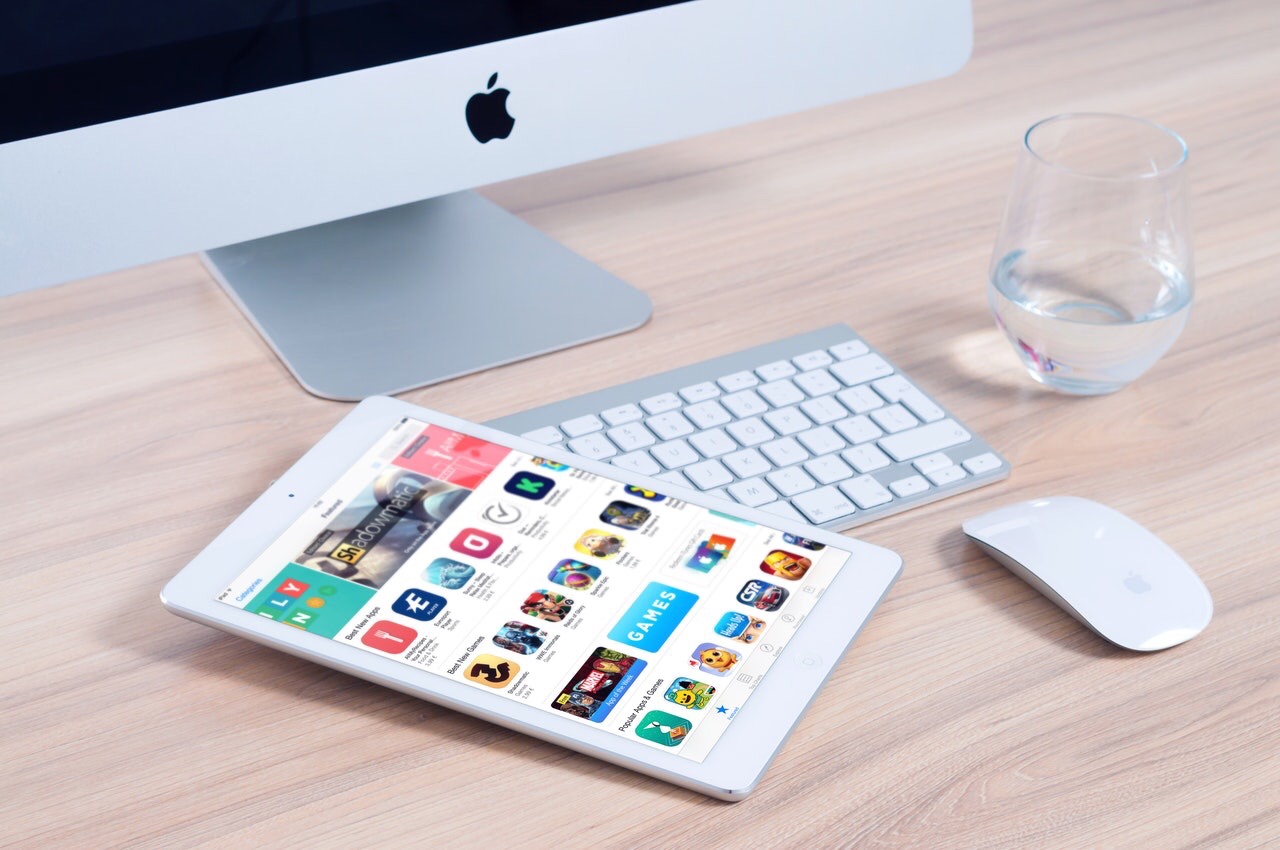
Photo by Avery Evans on Unsplash
Did you log into your online banking account to find that you have a negative balance on your credit card? Your heart might have dropped for a moment — how could you have accrued this much debt? What does having a negative credit card balance even mean?
You can relax: having a negative credit card balance is not a bad thing. It does not mean that you owe the bank lots of money — the opposite, in fact.
That said, if you searched the internet for answers thinking that having a negative credit card balance is the same thing as having a negative bank account balance, we’ll discuss both situations and provide you with five pieces of advice to get out of debt.
Why is My Balance Negative?
If you have a legitimate negative credit card balance, that means your credit issuer owes you money. If you had a $100 balance on your statement but received a refund for $300, then your balance would read -$200. You didn’t do anything wrong, and you don’t have to pay up.
Refunds are a common reason why people’s credit card balances become negative (if they’ve paid off their previous statement balances, of course), but it may also happen due to canceled fees, removing fraudulent charges, or another reason. Your balance will return to zero if you contact your issuer and ask for your money back or choose to think of it as a kind of credit card prepayment. Remember, it’s not extra money; it was yours to begin with.
Negative credit card balances don’t affect your credit score. You aren’t earning money, either, but neither will your creditworthiness take a hit.
What if I Owe Money Instead?
If you’ve confused “negative credit card balance” with owing money, here are a few ways to get your bank account positive again:
Use a Financial App
Do you have trouble budgeting, or is your financial situation a bit of a mystery? Use a financial app like Mint, PocketGuard, or Peak to create a budget, stick to it, and achieve your financial goals. Some apps allow you to view all of your accounts from one place and keep track of your expenses and spending habits.
If you are good at budgeting, but delays in payroll make you short on cash anyway, you can use Earnin to improve your overall financial health. With Earnin, you can take advantage of the “Tip Yourself” feature, so you remember to save, and you can access up to $500 per pay period before payday (you pay the app back when your paycheck comes in), so you can pay your expenses on time without over-relying on credit.
Apply for a Balance Transfer
Consider applying for a balance transfer card with a 0% introductory rate. This measure allows you to transition your debt from one line of credit to another card with a different issuer (though there may be transfer fees, so do the math to make sure your current interest rate isn’t actually less expensive).
Negotiate with Credit Issuers
It never hurts to pick up the phone and just ask. Ask your credit issuer if they are willing to lower your interest rate, or if they are willing to let you switch cards. You might have a chance if you have a history of making your payments on time.
Do this for your bills, too. Many kinds of debt are more negotiable than you think, so call your healthcare provider to reduce medical bills, your insurance company, your internet service, your landlord, and other people if you want to pay less. It never hurts to try because the worst thing they can do is say no.
Pay More than the Minimum Payment
Yes, the minimum payment is all you are legally obligated to pay each month — but that doesn’t mean you shouldn’t pay more. Paying the minimum only ensures that you are stuck with your debt longer and thus owe more money over time thanks to interest. Pay whatever you have the budget for so that you can climb out of debt faster.
Prioritize Debts
Pay off your loans or debts with the highest interest rates first. Say you have two credit cards, one with 17% APR and another with 15%. Pay off the 17% debt first with as many funds as you have available and make the minimum payment on the other. The former credit card will cost you more money in the long-run due to accruing interest, so prioritize that one and keep up the pace with the second card once your other debt is gone.
Having a negative credit card balance is not bad, but a negative bank account balance definitely is. Either way, don’t panic — you don’t owe money in the first scenario, and there are ways to pay off debt in the latter.
Please note, the material collected in this blog is for informational purposes only and is not intended to be relied upon as or construed as advice regarding any specific circumstances. Nor is it an endorsement of any organization or Services.
This article originally appeared on Earnin.








